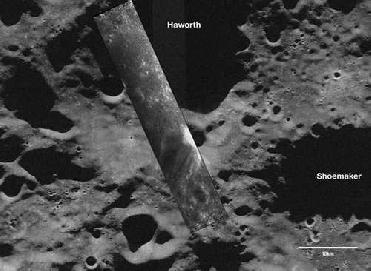
This image taken on Nov 17, 2008, shows a portion of Haworth crater that is permanently shadowed from Earth and the sun. Credit: ISRO/NASA/JHUAPL/LPI/Cornell University/Smithsonian
WASHINGTON (BNS): Scientists have already taken a closer look at the inside of the moon�s coldest, darkest craters. All this is thanks to the images sent by NASA�s Mini-SAR instrument flying aboard India�s Chandrayaan-1 spacecraft.
The images show the floors of permanently shadowed polar craters on the moon that aren�t visible from the Earth. Scientists are using the instrument to map and search the insides of the craters for water ice, NASA said.
Benjamin Bussey, deputy principal investigator for Mini-SAR, from the Johns Hopkins University Applied Physics Laboratory in Laurel, Md., said that the only way to explore such areas is to use orbital imaging radar such as Mini-SAR. �This is an exciting first step for the team which has worked diligently for more than three years to get to this point,� Bussey said.
Jason Crusan, programme executive for the Mini-RF Programme for NASA�s Space Operations Mission Directorate, Washington, said that during the next few months they expect to have a fully calibrated and operational instrument collecting valuable science data at the moon.
NASA said that the images, taken on Nov. 17, 2008, cover part of the Haworth crater at the moon's South Pole and the western rim of Seares crater, an impact feature near the North Pole. �Bright areas in each image represent either surface roughness or slopes pointing toward the spacecraft. Further data collection by Mini-SAR and analysis will help scientists to determine if buried ice deposits exist in the permanently shadowed craters near the moon's poles,� NASA said.
Mini-SAR is one of 11 instruments on the Indian Space Research Organisation's Chandrayaan-1 launched on October 21 and began orbiting the Moon from November 8. NASA has contributed two instruments and the other is the Moon Mineralogy Mapper, a state-of-the-art imaging spectrometer that will provide the first map of the entire lunar surface at high spatial and spectral resolution. Data from the two NASA instruments will contribute to the agency's increased understanding of the lunar environment as it implements America's space exploration plan, which calls for robotic and human missions to the moon, NASA said.
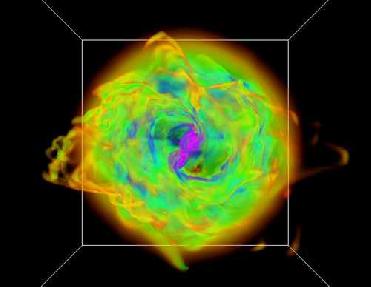 Previous Article
Previous Article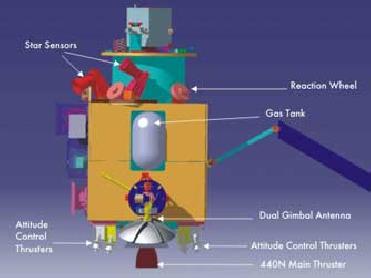 Next Article
Next Article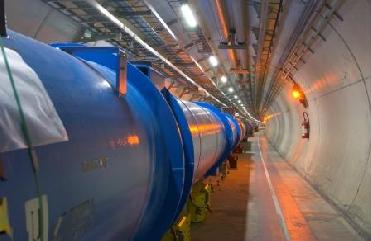
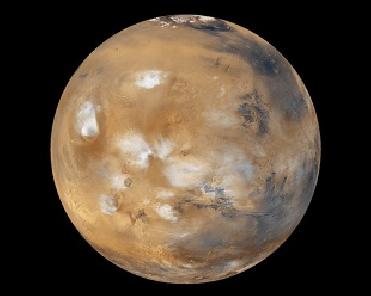
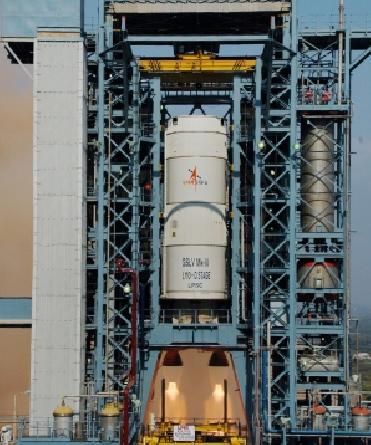










The Indian Air Force, in its flight trials evaluation report submitted before the Defence Ministry l..
view articleAn insight into the Medium Multi-Role Combat Aircraft competition...
view articleSky enthusiasts can now spot the International Space Station (ISS) commanded by Indian-American astr..
view article